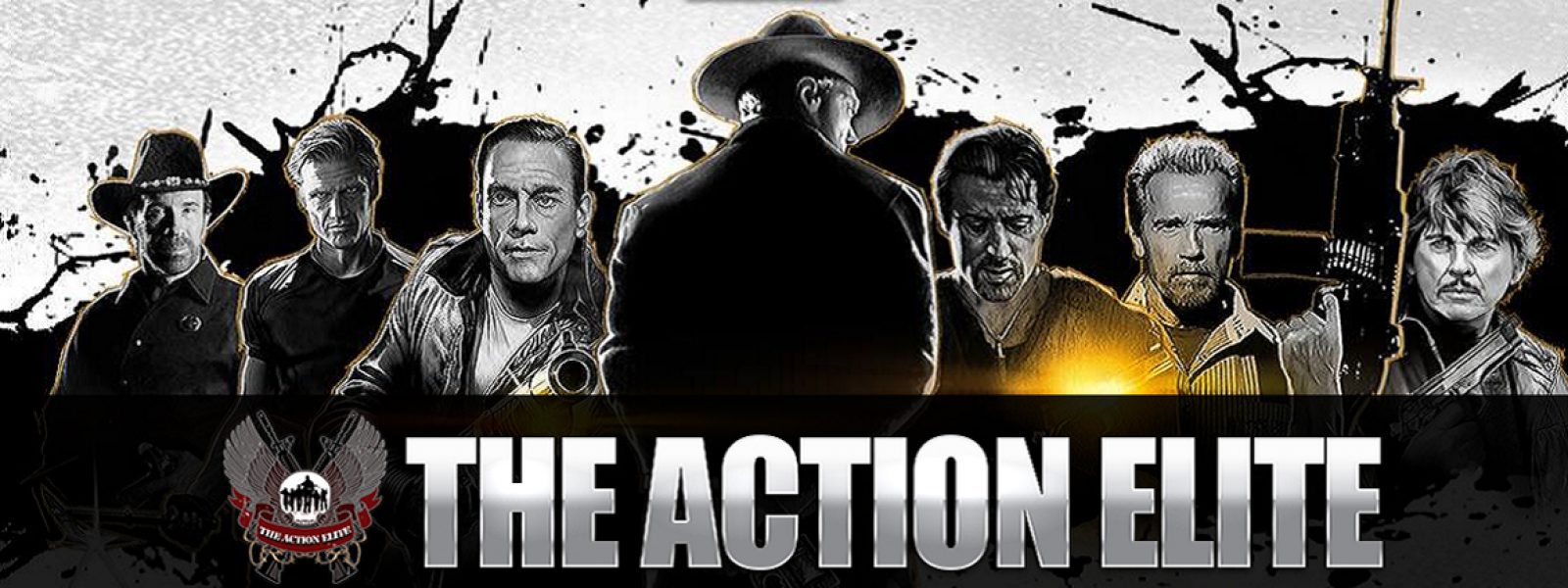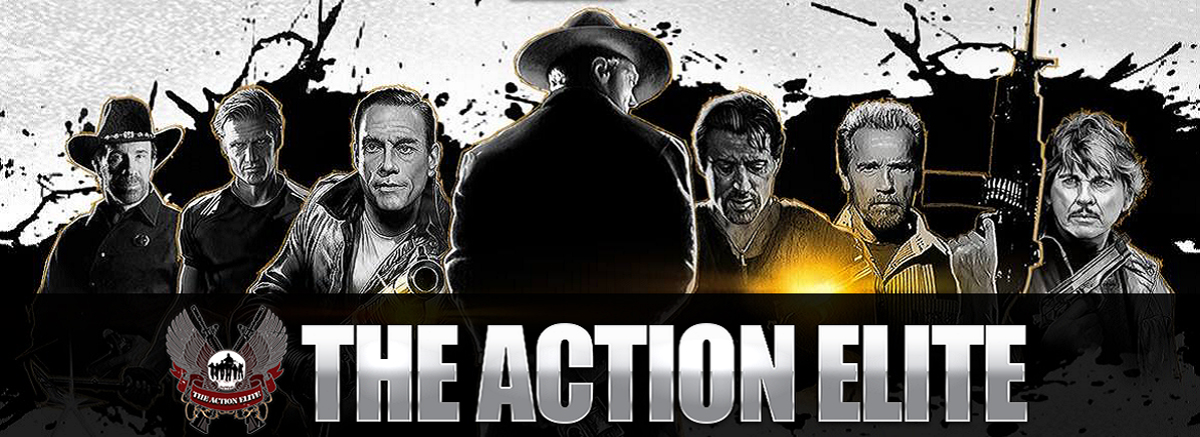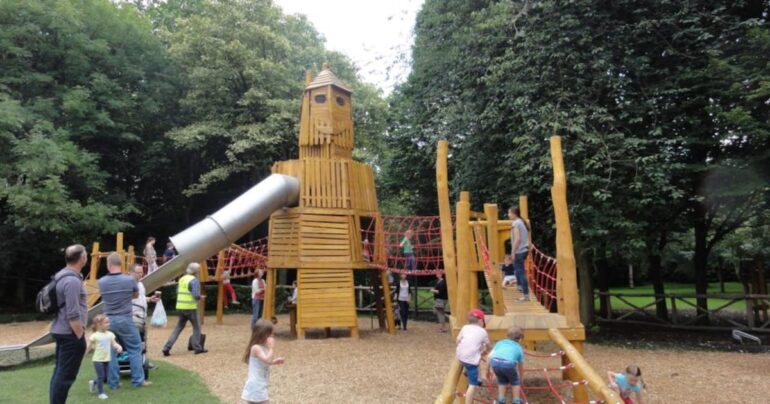The Cliffs of Moher have witnessed more than tourist selfies. They’ve seen Harry Potter battle dark forces, watched Princess Buttercup contemplate despair, and served as backdrop for countless chase sequences where stunt drivers pushed rental cars beyond recommended limits. Ireland’s transformation into Hollywood’s go-to action location happened gradually, then suddenly—and the results have changed both the film industry and Irish tourism in ways nobody predicted.
Standing where Tom Cruise hung off Skellig Michael’s ancient stone steps for Mission Impossible, you understand why directors choose Ireland over CGI soundstages. The landscape doesn’t just look dramatic—it feels dangerous, authentic, alive with possibilities that green screens can’t replicate. These locations offer something invaluable to action films: genuine vertigo, real weather that threatens production schedules, and stone that’s actually been there for millennia rather than painted foam.
Why Action Directors Choose Ireland Over Iceland
Iceland gets the press, New Zealand had its moment, but Ireland offers what action cinematographers actually need: accessibility with authenticity. You can film a medieval battle at sunrise and reach a five-star hotel by lunch. Crew can move between locations without expedition planning. Weather provides natural production value—nothing says tension like storm clouds gathering over Connemara during a chase sequence.
The financial incentives help—Section 481 tax relief makes Ireland competitive with Eastern European locations while offering superior infrastructure. But money alone doesn’t explain why directors return. Ireland’s dramatic coastlines and hidden valleys provide variety within manageable distances. One hour from Dublin delivers mountains, coastline, forests, and ruins—a location manager’s dream when shooting schedules demand multiple settings daily.
More importantly, Irish crews understand action filming’s unique demands. They’ve learned from decades of productions that stunt work requires different rhythm than drama. Local fixers know which farmers will allow helicopter landings, which beaches empty at specific tides, and crucially, which pubs stay open late enough for exhausted stunt teams to decompress after eighteen-hour days.
https://www.youtube.com/watch?v=OmEb7HPh0uc
The Skellig Michael Effect: When Star Wars Changed Everything
Before Luke Skywalker climbed those stone steps, Skellig Michael was a UNESCO site known mainly to archaeologists and determined tourists. After The Force Awakens, visitor numbers exploded from 11,000 to attempting 30,000 annually before authorities capped access to protect the sixth-century monastery. This transformation illustrates both opportunities and challenges when action films colonise sacred spaces.
The island’s appearance in Star Wars created economic ripples throughout Kerry. Boat operators expanded fleets. Hotels extended seasons. Restaurants hired staff expecting sci-fi pilgrims. But it also sparked debates about preservation versus promotion. The ancient steps worn by medieval monks now bear sneaker prints from fans recreating Rey’s training sequences. Puffin colonies that nested undisturbed for centuries now dodge selfie sticks and drone cameras.
Yet something magical happens when visitors reach the summit. The same awe that made Rian Johnson choose this location for humanity’s first Jedi temple strikes modern pilgrims. They arrive seeking movie magic but discover something deeper—actual history that predates Hollywood by fourteen centuries. This layering of contemporary mythology onto ancient spirituality creates experiences unique to film tourism.
Beyond the Obvious: Hidden Action Geography
While everyone knows about Game of Thrones’ Northern Ireland locations, Ireland’s action film geography extends far beyond the obvious. The Burren’s limestone pavements doubled for alien planets in various sci-fi productions. Wicklow’s mountains host so many film shoots locals call it the “Hollywood of Ireland.” Even Dublin’s docklands have hosted chase sequences, though you’d never recognise the locations after post-production transformation.
Kilmainham Gaol appears in everything from The Italian Job to In the Name of the Father, its genuine grimness impossible to replicate on sets. These authentic historical locations bring weight to action sequences—when characters fight in spaces where actual rebellions occurred, the violence carries different resonance than soundstage choreography.
The Causeway Coast offers particular variety for action filming. Within thirty minutes, crews access beaches, cliffs, forests, and the geometric impossibility of the Giant’s Causeway itself. Ballintoy Harbour alone has hosted everything from Game of Thrones naval battles to period smuggling dramas. Local teenagers now earn pocket money pointing out exact spots where specific scenes were filmed, creating an informal economy around location tourism.
Transformers to Vikings: Ireland’s Action Evolution
Michael Bay choosing Ireland for Transformers: The Last Knight marked a turning point. If the master of explosion-heavy blockbusters could work here, anyone could. The production spent €20 million locally, employed 1,200 Irish crew, and demonstrated that Ireland could handle Hollywood’s most demanding logistical requirements. Watching Autobots battle through medieval Irish landscapes proved the country could deliver spectacle beyond period dramas.
Vikings, though television, revolutionised how productions use Irish locations. Rather than flying in for specific shots, the production built permanent sets that became tourist attractions themselves. The series employed 3,000 Irish cast and crew across six seasons, creating expertise in large-scale battle sequences that attracted other productions. Watching hundreds of extras storm beaches in full Viking regalia became normal Tuesday mornings in Wicklow.
This progression from occasional location shooting to permanent production base changed Ireland’s film industry fundamentally. Crews gained experience with complex stunt work, aerial cinematography, and marine coordination. Equipment rental companies invested in specialised gear. The infrastructure supporting modern action filmmaking now rivals established production centres, making Ireland genuinely competitive for tentpole productions.
https://www.youtube.com/watch?v=rt6HbVIwF98
The Cultural Exchange Behind the Cameras
When Hollywood arrives in Irish towns, fascinating cultural exchanges occur. Los Angeles stunt coordinators learn that Irish weather doesn’t care about call sheets. Local farmers discover their sheep can earn day rates as background artists. Californian producers encounter Irish time—where “five minutes” might mean anything from two minutes to half an hour, depending on context.
These interactions create stories that outlast the films themselves. Dingle still talks about Ryan’s Daughter fifty years later, though younger residents reference Star Wars more readily. Northern Ireland communities along the Causeway Coast have embraced their Game of Thrones identity so thoroughly that tours continue years after the series ended. This cultural absorption of Hollywood mythology into local identity creates unique travel experiences.
The economic impact extends beyond obvious benefits. Property owners who’ve hosted location shoots become informal film historians. Taxi drivers develop specialised movie tours. B&B owners learn to market “Tom Cruise stayed here” more subtly than Americans might expect. This integration of film history into existing tourism infrastructure creates authentic experiences that purpose-built movie tourism rarely achieves.
Practical Pursuit: Finding Your Action Movie Ireland
Tracking down specific locations requires detective work since productions often disguise Irish locations as other countries. That coastal road chase might be set in Greece but filmed in Donegal. The medieval castle siege supposedly in France actually happened in Tipperary. This geographic flexibility means visitors often stand in famous scenes without realising it.
Start with confirmed locations that embrace their film heritage. The Dark Hedges (Game of Thrones’ Kingsroad) provides easy wins for photographers. Trim Castle, where Braveheart filmed, offers guided tours highlighting specific scenes. The Cliffs of Moher have clear markers indicating Harry Potter and Princess Bride locations. These accessible sites build confidence before pursuing obscure locations.
Weather dramatically affects location experiences. Skellig Michael in sunshine bears no resemblance to the storm-lashed rock of Star Wars. The Giant’s Causeway’s mood shifts hourly with tide and light. Planning visits around optimal conditions—usually early morning or late evening—captures the cinematic quality that attracted directors initially. Off-season visits often provide better experiences than summer crowds.
https://www.youtube.com/watch?v=paVNfojDf38
The Next Generation of Action Tourism
Virtual production technology threatens traditional location filming, yet Ireland adapts rather than resists. Studios like Troy in Limerick combine physical sets with LED volume stages, offering hybrid solutions that maintain authentic elements while enabling impossible shots. This evolution positions Ireland for next-generation filmmaking rather than clinging to traditional approaches.
Sustainability concerns shape modern production choices. Irish locations offer carbon-footprint advantages over flying crews globally. Local crew expertise reduces imported talent needs. The government’s environmental requirements for production incentives encourage responsible filming. These factors increasingly matter to studios facing environmental scrutiny.
The rise of streaming services creates unprecedented demand for content, benefiting locations with proven track records. Ireland’s combination of authentic locations, experienced crews, and competitive incentives positions it perfectly for this expansion. Every successful production creates infrastructure and expertise attracting future projects, creating virtuous cycles benefiting both industry and tourism.
Your Own Action Adventure Awaits
Ireland’s film locations offer more than photo opportunities at famous spots. They provide entry points into landscapes that inspired storytellers, challenged stunt performers, and created movie magic through genuine danger and beauty rather than digital manipulation. Whether you’re seeking Rey’s meditation rock or simply want to understand why directors choose Irish rain over California sunshine, these locations deliver experiences beyond typical tourism.
The intersection of ancient culture, contemporary filmmaking, and practical accessibility makes Ireland unique among film destinations. You can breakfast where Vikings invaded, lunch where Transformers battled, and dinner where medieval knights charged—all within a reasonable day’s drive. This compression of history, mythology, and Hollywood creates travel experiences unavailable anywhere else.
For those ready to explore Ireland’s action movie geography, preparation enhances discovery. Research specific productions, understand seasonal variations, and respect both natural environments and local communities that share their spaces with global audiences. The reward isn’t just standing where movies were made—it’s understanding why these places inspire storytellers to create myths for our time.
Visit https://www.connollycove.com to discover comprehensive guides to Ireland’s film locations, from blockbuster battlefields to hidden indie gems.






